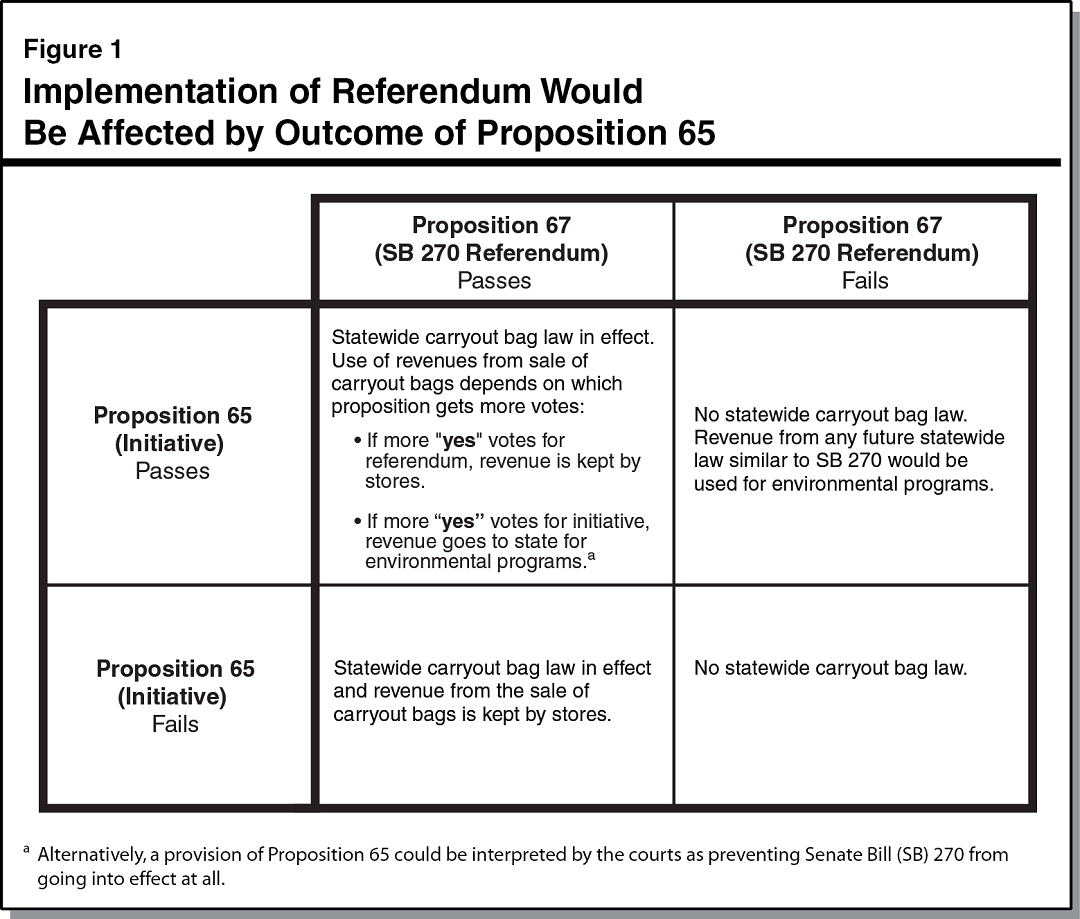Revenue Bonds. Statewide Voter Approval.
"No Blank Checks Initiative"
initiative constitutional amendment
*pending*
Official Summary
Requires statewide voter approval before any revenue bonds can be issued or sold by the state for certain projects if the bond amount exceeds $2 billion.
Fiscal Impact: State and local fiscal effects are unknown and would depend on which projects are affected by the measure and what actions government agencies and voters take in response to the measure's voting requirement.
- Official CA Voter Guide Summary
- Legislative Analyst Office Analysis
- Show Me The Money (as of Oct 22)
- support: $4,800,000
- oppose: $1,750,000
- Ballotpedia Summary
Notes
- Requires statewide voter approval for revenue bond of projects over $2 Billion that are financed, owned, operated or managed by the state (alone or with a partner)
- $2 Billion amount is in current dollars, and would be adjusted for inflation going forward
- Currently,statewide voter 2/3 approval is necessary for all general obligation bonds but not revenue bonds.
- general obligation bonds have lower interest rates than revenue bonds
- Prohibits dividing big projects into pieces under $2 Billion, if they are geographically proximate or dependent on each other
- "project" not defined, and would need claification by the courts
- Applies to revenue bonds
- Very few projects exceed $2 Billion. Possible future projects: WaterFix project to move water through Sacramento-San Joaquin River Delta and California High-Speed Rail project (this is mentioned multiple times as an example by those in favor of this proposition, and is in the text of the law) .








